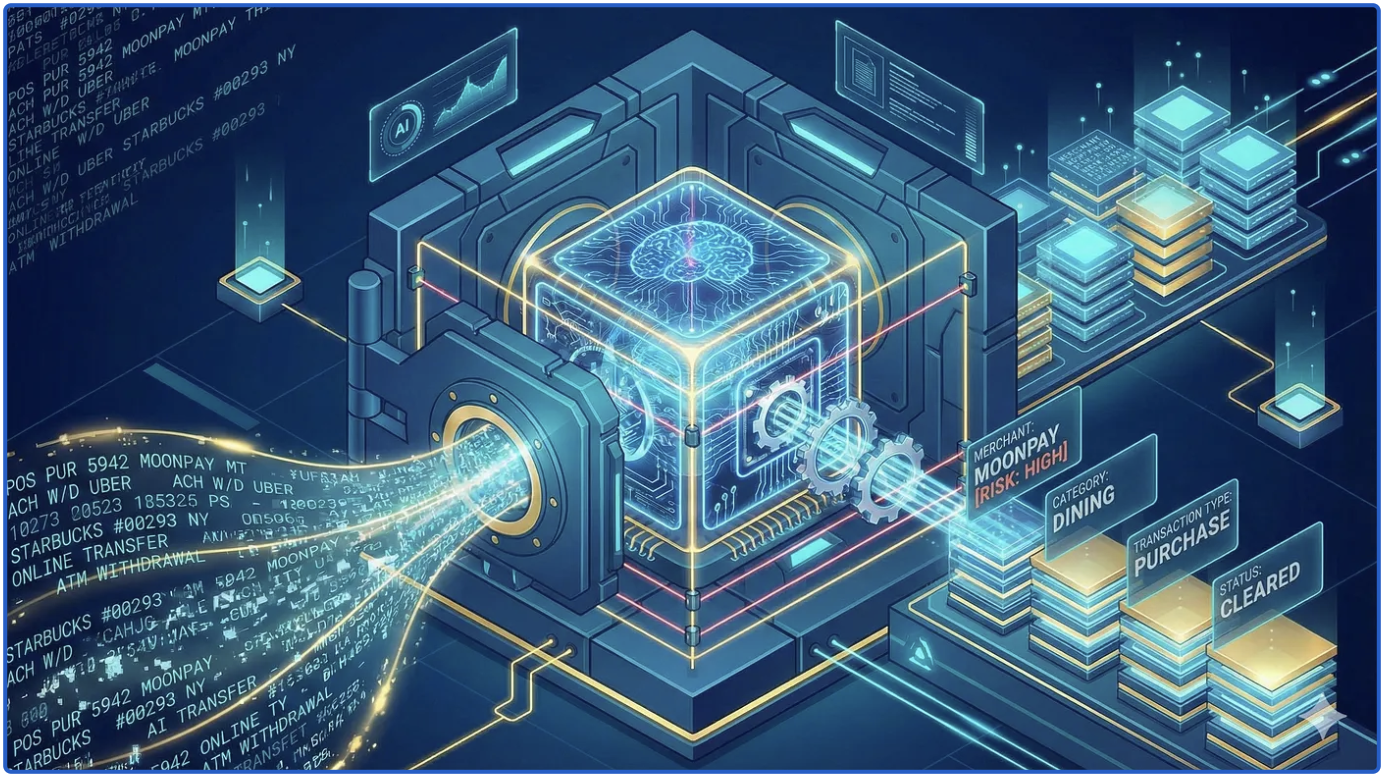
The postings on this site are my own and do not necessarily represent the postings, strategies or opinions of my employer.
On LLM Series:
- LLM Series Part 1 | Cloud Journey - Part 11 | LLMs in Finance using FinGPT
- LLM Series Part 2 | Unleashing the Power of Language Models: Disrupting Retail Banking with LLM Technology | Platformization of Banking - Part 6
- LLM Series Part 3 | Make AI-Driven Decisions: Financial Statement Analysis with LangChain & OpenAI
- LLM Series Part 4 | Level Up Your Developer Experience (DevEx) with GenAI
- LLM Series Part 5 | How LLMs Can Chatify Your Database
- LLM Part 6 | Dockerize Your Career Coach: Deploying an LLM App with Ollama and LangChain
- LLM Part 7 | Governance
- LLM Part 8 | Unleash the AI Without the Price Tag
- LLM Part 9 | LakeFS: The Missing Piece in Your Data Pipeline
- LLM Part 10: Real-Time GenAI Platform Banking
- LLM Part 11: Inverse Reinforcement Learning
The Alignment Problem: A Deep Dive into Inverse Reinforcement Learning
Brian Christian's "The Alignment Problem: Machine Learning and Human Values" is a thought-provoking exploration of the ethical and technical challenges posed by artificial intelligence. The book delves into the complexities of aligning AI's goals with human values, highlighting the potential risks and rewards of this rapidly evolving technology.
The Alignment Problem refers to the challenge of ensuring that AI systems, particularly those based on machine learning, behave in ways that are aligned with human values and goals. As AI systems become increasingly complex and autonomous, there is a growing risk that they may develop unintended consequences or act in ways that are harmful to humans.
The problem arises from the fact that AI systems are trained on vast amounts of data, which can contain biases and inaccuracies. These biases can be reflected in the decisions and actions of the AI system, leading to unfair or harmful outcomes. Additionally, AI systems may develop their own goals and objectives that are not explicitly aligned with human values.
This could lead to situations where the AI system pursues its own goals at the expense of human well-being. Addressing the Alignment Problem requires a multi-faceted approach. This includes developing techniques for identifying and mitigating biases in AI systems, ensuring transparency and accountability in AI decision-making, and establishing ethical guidelines for AI development and deployment. It is also crucial to involve diverse perspectives in the development of AI systems to ensure that they are aligned with the needs and values of different groups of people.

Inverse Reinforcement Learning: A Primer
Inverse Reinforcement Learning (IRL) is a machine learning technique that aims to infer the reward function of an agent by observing its behavior. Essentially, IRL seeks to understand the underlying motivations and goals that drive an agent's actions. By analyzing an agent's decisions and their outcomes, IRL algorithms can identify the reward signals that the agent is implicitly optimizing for.
One of the primary challenges in IRL is the inherent ambiguity in interpreting an agent's behavior. Multiple reward functions can often explain the same set of actions. To address this, IRL often relies on additional assumptions or prior knowledge about the agent's preferences and the environment.
Cooperative Inverse Reinforcement Learning
To ensure that autonomous systems benefit humanity without causing unintended harm, their values must align with human values. This alignment should guide the system's actions to maximize human well-being. Group of researchers introduce a formal framework for this value alignment problem, termed Cooperative Inverse Reinforcement Learning (CIRL).
CIRL is a cooperative game involving two agents: a human and a robot. Both agents share a common goal, defined by the human's reward function, which is initially unknown to the robot. Unlike traditional Inverse Reinforcement Learning (IRL), where the human is assumed to act optimally independently, CIRL encourages behaviors like active teaching, learning, and communication to expedite value alignment.
They demonstrate that optimal joint policies in CIRL can be derived by solving a Partially Observable Markov Decision Process (POMDP). Additionally, they prove that individual optimization is suboptimal in CIRL and present an approximate algorithm for solving CIRL problems.
Cooperative Inverse Reinforcement Learning (CIRL) is an extension of IRL that involves multiple agents working together to achieve a common goal. In CIRL, agents learn from each other's behavior and adapt their strategies to optimize the collective reward. This approach is particularly useful in scenarios where cooperation is essential, such as in multi-agent systems and human-AI collaboration.
IRL in the Real World: A Banking Example
A practical application of IRL in the banking industry could involve analyzing the behavior of successful loan officers. By observing their decision-making processes and the outcomes of their loans, an IRL algorithm could identify the key factors that contribute to successful loan approvals. This information could then be used to train a machine learning model to make more informed loan decisions, reducing the risk of default and improving overall profitability.
Additionally, CIRL could be used to optimize the collaboration between human loan officers and AI systems. By observing how human experts and AI models work together, CIRL algorithms could identify effective strategies for human-AI teamwork, leading to improved decision-making and increased efficiency.
As AI continues to advance, IRL has the potential to revolutionize various industries. By understanding the motivations and goals of intelligent agents, we can develop more robust, ethical, and beneficial AI systems. As we navigate the complexities of the AI era, IRL offers a promising approach to ensuring that AI aligns with human values and serves the greater good.



